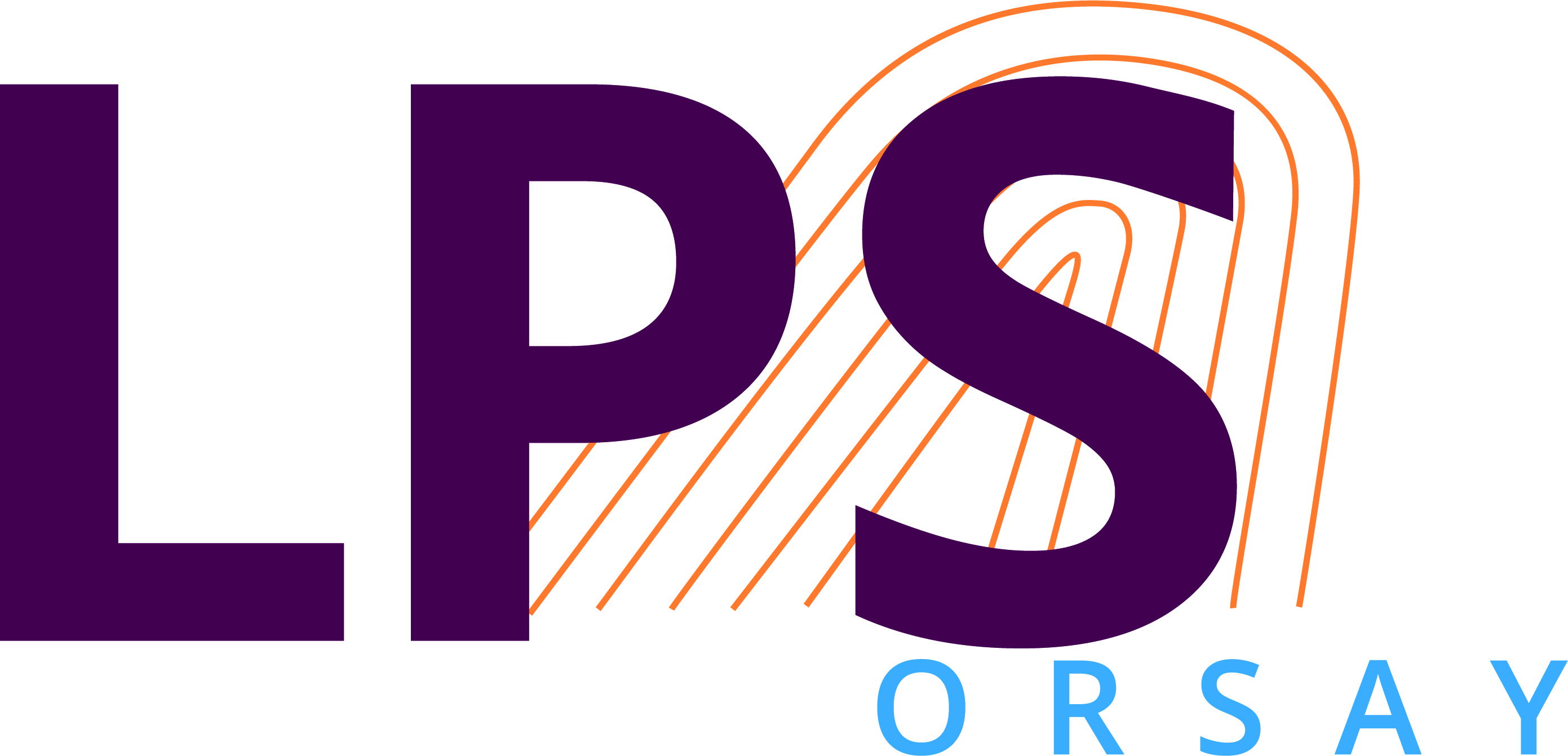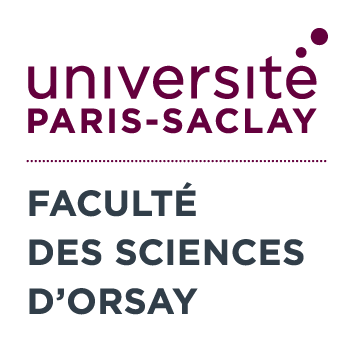Imaging the Quantum Capacitance of Strained MoS2 Monolayer by Electrostatic Force Microscopy
Résumé
We implemented radio frequency-assisted electrostatic force microscopy (RF-EFM) to investigate the electric field response of biaxially strained molybdenum disulfide (MoS2) monolayers (MLs), produced via hydrogen (H)-ion irradiation. MoS2 ML, a semiconducting transition metal dichalcogenide, has recently attracted significant attention due to its promising opto-electronic properties, further tunable by strain. Here, we take advantage of the RF assistance to distinguish the electrostatic response of atomic scale defects, such as sulfur vacancies or H-passivated sulfur vacancies, from that of the intrinsic quantum capacitance of the strained ML. In addition, measurements at fixed frequency (fRF = 300 MHz) elucidate the spatial variation of the quantum capacitance over mesoscopic length scales, due to the local modulation of the defect-driven n-type nature of the strained ML. Our finite-frequency capacitance imaging technique, which is non-invasive and nanoscale, opens up new possibilities for the investigation of frequency and spatial-dependent phenomena, such as the electron compressibility in quantum materials, which are difficult to measure by other methods.



